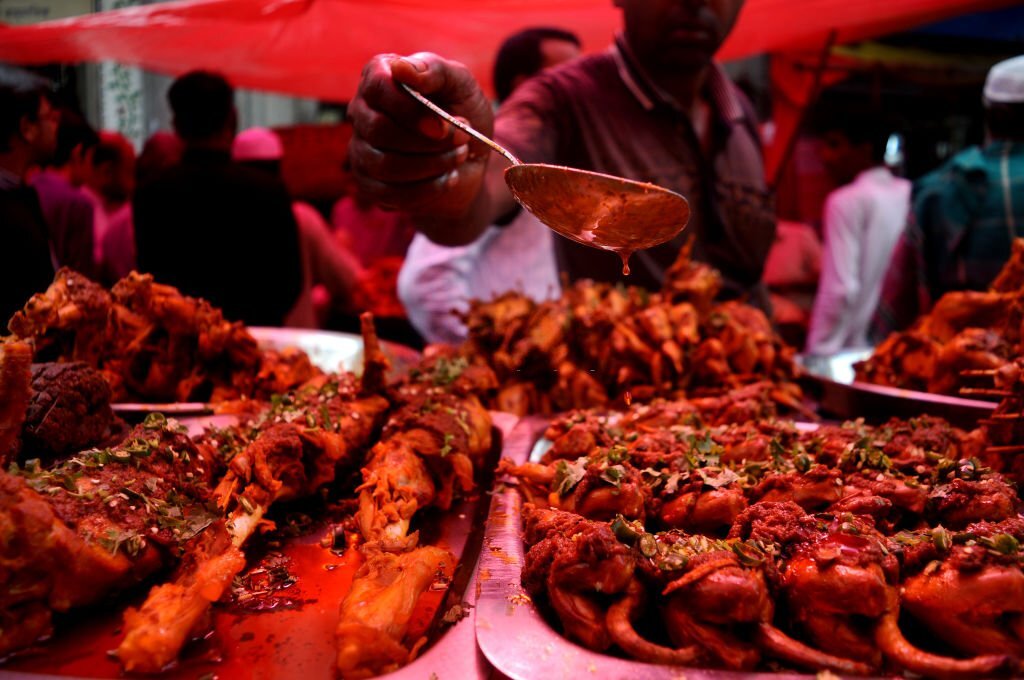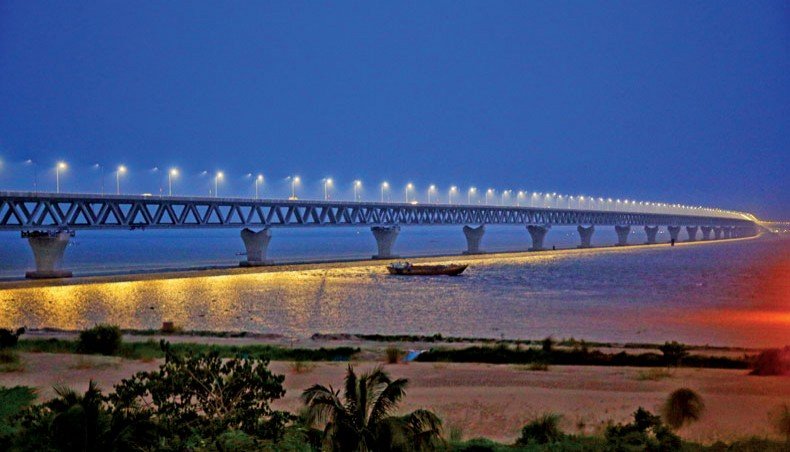Legacy of Pahartali European Club in Chittagong, Bangladesh

Unveiling the Legacy of Pahartali European Club in Chittagong, Bangladesh
The Pahartali European Club in Chittagong, Bangladesh, stands as a powerful symbol of the country’s colonial past and its struggle for independence. Once an exclusive enclave for British officials, the club gained historical significance due to the heroic act of revolutionary Pritilata Waddedar, who led a daring attack against it in 1932. This bold act of defiance highlighted the spirit of resistance against colonial oppression. Today, the club remains a poignant reminder of Bangladesh’s fight for freedom, calling for preservation as a tribute to its historical and cultural importance.
The Historical Significance of Pahartali European Club
Nestled amidst the verdant landscapes of Chittagong, Bangladesh, the Pahartali European Club stands as a poignant relic of the British colonial era. More than just a structure, it is a symbol of resistance and a testament to Bangladesh’s struggle for independence. This club, etched into the annals of history, became a stage for one of the most heroic acts of defiance led by the fearless revolutionary Pritilata Waddedar.
This article dives deep into the multifaceted history of the Pahartali European Club, exploring its colonial roots, its transformation into a symbol of resistance, and its lasting legacy in modern Bangladesh. As we unravel its story, we also pay homage to the spirit of rebellion that it came to represent.
Colonial Origins of the Pahartali European Club
The Pahartali European Club was established during the British colonial era as an exclusive social enclave for European expatriates residing in Chittagong. Located strategically in the picturesque Pahartali area, the club served as a recreational hub where British officials and their families could socialize and unwind.
However, the club also epitomized the racial segregation deeply ingrained in colonial rule. A notorious sign outside the club declared, “Dogs and Indians Not Allowed,” symbolizing the blatant discrimination practiced at the time. This open prejudice ignited resentment and became a rallying point for local revolutionaries who sought to dismantle the colonial structure.
Architectural Significance of the European Club
The Pahartali European Club, with its colonial-era architecture, reflected the grandeur and exclusivity of British establishments. Its design featured spacious halls, manicured gardens, and intricate wooden interiors, creating an ambiance of luxury that contrasted sharply with the realities faced by the local populace.
Though time has taken its toll on the structure, remnants of its architectural elegance remain. Preservationists argue that restoring the building could serve dual purposes—honoring its historical significance and showcasing colonial-era architectural styles in Bangladesh.
The Indomitable Spirit of Pritilata Waddedar
Pritilata Waddedar, born on May 5, 1911, in Chittagong, emerged as a formidable figure in the Indian independence movement. A brilliant student, she completed her education at Bethune College in Kolkata, earning a degree in philosophy. However, her academic excellence was only a part of her identity—her passion for freedom and justice shaped her true legacy.
Drawn to the revolutionary ideals of Masterda Surya Sen, Pritilata became an integral part of the resistance movement in Chittagong. Known for her strategic mind and fearless resolve, she quickly rose through the ranks and became a trusted member of Surya Sen’s revolutionary group.
The Fateful Attack on the European Club
In 1932, a plan was devised under Surya Sen’s guidance to target the Pahartali European Club, a stark symbol of colonial arrogance. The mission was handed to Pritilata Waddedar, a testament to her leadership and courage.
On the night of September 23, 1932, Pritilata led a group of revolutionaries in an armed attack on the club. Disguised as a man to avoid detection, she spearheaded the operation with precision. The attack was both symbolic and strategic—it directly confronted colonial authority and its discriminatory practices.
The assault resulted in casualties among the club’s patrons and sent shockwaves through the colonial establishment. However, during the retreat, Pritilata was injured. To avoid capture and the risk of revealing information under duress, she consumed cyanide and embraced martyrdom at the age of 21. Her sacrifice immortalized her as a national hero.
The Legacy of Pritilata Waddedar
Pritilata’s act of martyrdom reverberated across the subcontinent. She became a symbol of courage, inspiring countless others to join the independence movement. Her story continues to resonate in Bangladesh, with streets, schools, and monuments named in her honor.
Her legacy also transcends mere remembrance. It embodies the resilience, determination, and unyielding spirit that characterized the freedom struggle. For young Bangladeshis, Pritilata remains a beacon of inspiration, symbolizing the power of individual courage against systemic oppression.
The Club’s Evolution Through Time
Following the attack and the end of British colonial rule, the Pahartali European Club underwent several transformations. Initially repurposed as an office for the Divisional Engineer-2 of the Eastern Railway, the building eventually fell into neglect.
Despite its dilapidated state, the club remains a historical landmark. Its walls, though worn, continue to echo the courage of Pritilata and her comrades. Today, it stands as a reminder of the city’s colonial past and its role in the independence movement.

Contemporary Efforts to Preserve the Legacy
In recent years, there has been a growing movement to restore the Pahartali European Club and honor its historical significance. Activists and socio-political organizations have advocated for its transformation into a memorial museum dedicated to Pritilata Waddedar.
Such efforts aim not only to preserve the physical structure but also to create a space for education and reflection. A restored club could serve as a living monument, offering future generations a glimpse into Bangladesh’s turbulent journey toward independence.
The Broader Impact on Chittagong’s Cultural Landscape
Chittagong holds a unique place in Bangladesh’s history, and the story of the Pahartali European Club adds another layer to its rich cultural fabric. The narrative of Pritilata Waddedar is deeply woven into the city’s identity, making the club a significant historical landmark.
Local educational institutions regularly include Pritilata’s story in their curricula, ensuring that her legacy is passed down through generations. Additionally, cultural events, exhibitions, and public discussions often highlight her contributions, fostering a sense of pride and historical awareness among the youth.
Cultural Symbolism in Modern Bangladesh
The legacy of the Pahartali European Club extends beyond its historical role. It has become a cultural symbol, reflecting the broader struggles and triumphs of Bangladesh’s journey to independence. Documentaries, books, and plays have recounted Pritilata’s bravery, embedding her story deeply into the national consciousness.
Community-driven initiatives have also emerged, aiming to promote local history and encourage young Bangladeshis to take pride in their heritage. These initiatives emphasize the importance of understanding the past to shape a more informed and cohesive future.
Honoring Bangladesh’s Legacy of Resistance
The Pahartali European Club is more than just a relic of colonial architecture—it is a symbol of resistance, courage, and the relentless pursuit of justice. Preserving this historic site is not merely an act of restoration; it is a tribute to the indomitable spirit of Pritilata Waddedar and the countless others who fought for freedom.
As Bangladesh continues to move forward, it is essential to honor and safeguard the symbols of its past. The story of the Pahartali European Club serves as a powerful reminder of the sacrifices made for independence and the enduring strength of those who dared to dream of a free nation.
Let us commit to preserving this legacy—not just in history books but in our collective consciousness—so that future generations can draw inspiration from the heroes who shaped Bangladesh’s destiny. Only by remembering our past can we truly understand our identity and chart a course for a brighter, more inclusive future.







